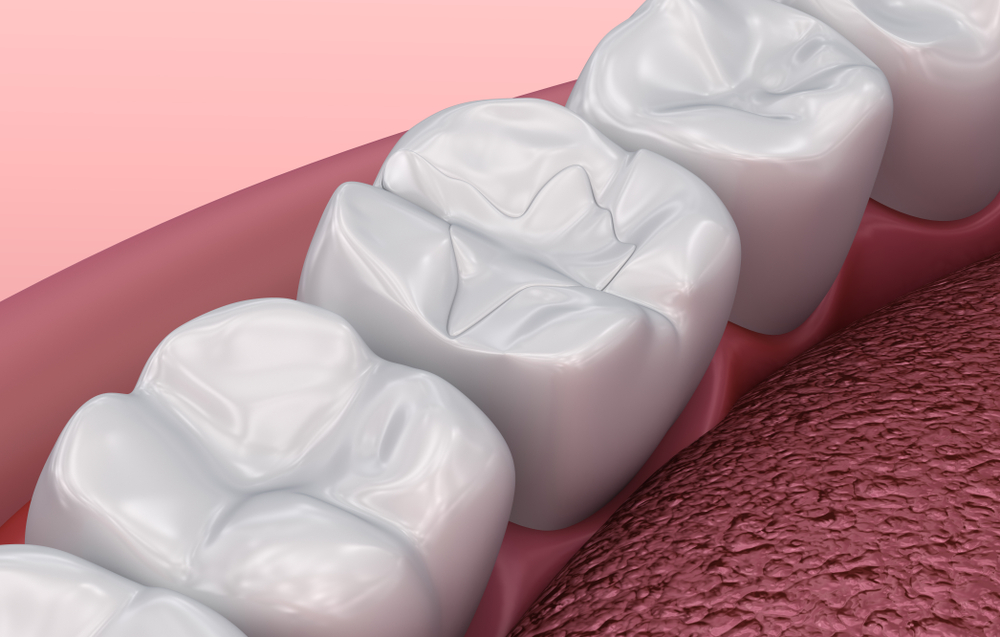West Pennant Hills Dental
Our back molar teeth can be a little difficult to clean. Their upper surface is concave and rough, an area where food debris and bacteria easily gets trapped. Even diligent cleaning often fails to help here because the toothbrush bristles are not fine enough to clean the smaller pit in the teeth. So dentists sometimes prevent this problem by using dental sealants.
West Pennant Hills Dental Sealants
Dental sealants are applied to the upper chewing surface of the back molars. These sealants fill in the tiniest indentations of the tooth while still leaving the upper surface rough enough to chew with . So the molar upper surface is concave, without having tiny crevices to harbor bacteria and food debris.
Dental Sealants protect the back teeth from decay and make brushing easier. Once applied they are inconspicuous and require no maintenance. Sealants are not suitable for other teeth, they only work on the rough chewing surface of molars.
Dental Sealants have been applied to molar teeth for several decades, usually lasting for about 5-10 years before they require reapplication. They are routinely applied to children’s teeth, where they greatly reduce problems with decay.
West Pennant Hills Dentist
Dental sealants protect the chewing surface of the back molar teeth. Talk to the dentist about this extra dental protection.
Information Disclaimer
The content of this article is meant for informational purposes only and should not be considered a source of professional advice, recommendations, or endorsements. It is not a substitute for seeking expert guidance or making well-informed decisions based on individual circumstances. Although we strive for accuracy and reliability, we cannot guarantee the information's completeness or suitability for all situations. Readers are urged to verify facts, consult experts, and consider their own context before taking actions or decisions based on this content. No warranties, explicit or implied, are provided regarding the accuracy, timeliness, or completeness of the presented information. Relying on this information is at the reader's own discretion and risk. We encourage readers to consult relevant professionals or experts for advice tailored to their specific needs. Neither the author, publisher, nor any affiliated parties will be held responsible for errors, omissions, or damages resulting from the use or reliance on the information in this article.

